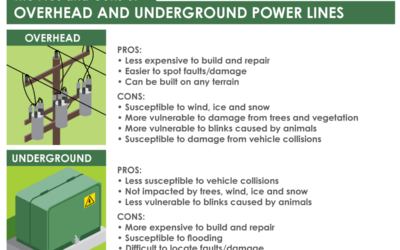
Did you know that a big chunk of your electric bill goes towards keeping your home comfortable? Heating in the winter and cooling in the summer can significantly impact your energy consumption.
The Temperature Tango
When the mercury soars or plummets, the HVAC system works overtime to maintain your desired indoor temperature. This extra effort can lead to a noticeable increase in your electric bill.
Here’s the golden rule: The closer the thermostat setting is to the outdoor temperature, the less energy your system will use.
- Summertime Savings: Aim for a higher indoor temperature. This will reduce the strain on your air conditioner. When you’re away from home, consider raising the thermostat a few degrees. When you’re home, set it to a comfortable level that also helps control humidity.
- Wintertime Wisdom: Lowering the thermostat can save energy. Aim for around 68°F to 70°F when you’re awake and lower it while you’re asleep or away. Remember, the longer your home stays at a lower temperature, the more energy you’ll save.
A Note About Heat Pumps
If you have a heat pump, programmable thermostats aren’t always the best choice. In cooling mode, a heat pump acts like an air conditioner, so raising the thermostat can save energy. However, when it’s heating, adjusting the thermostat up and down can decrease efficiency. For heat pumps, maintaining a steady, moderate temperature is generally the most cost-effective approach.
Understanding Your Bill
To help you track energy usage, we include the average monthly temperature on your electric bill. This allows you to compare the current month’s temperature to the previous month and the same month last year which can show how weather impacts your energy consumption.
By understanding how temperature affects your electric bill, you can make informed decisions to reduce energy consumption and save money.
OTHER NEWS
The pros and cons of overhead and underground power lines
Overhead Pros: Less expensive to build and repair Easier to spot faults/damage Can be built on any terrain Cons: Susceptible to wind, ice and snow More vulnerable to damage from trees and vegetation More vulnerable to blinks caused by animals Susceptible to damage...
Between the lines: Merger update
It’s time to update you on the possible merger between Dawson Public Power District and The Central Nebraska Public Power and Irrigation District. February was a busy month and an important milestone in the process. The districts held a joint board meeting in Kearney...
Small, focus group of irrigators meeting
What? Join us for an irrigation focus group discussion about: power factor electrical safety irrigation policies public power possible merger between Dawson PPD and The Central Nebraska Public Power & Irrigation District. We are limiting attendees to the first 15...


